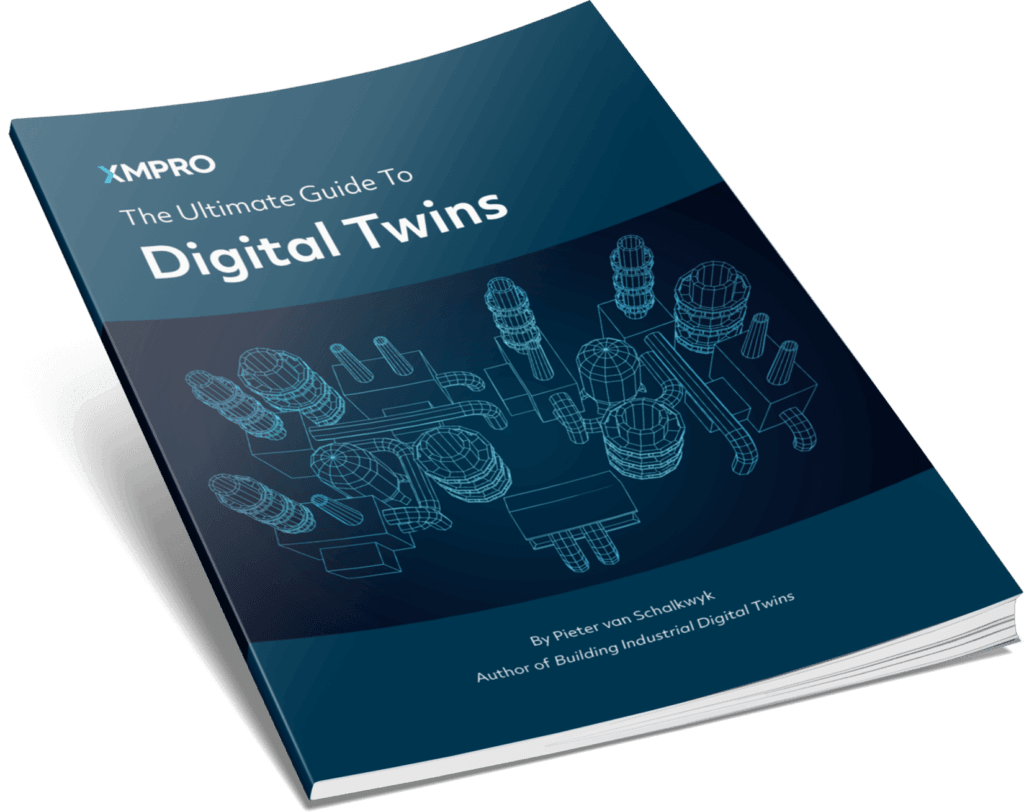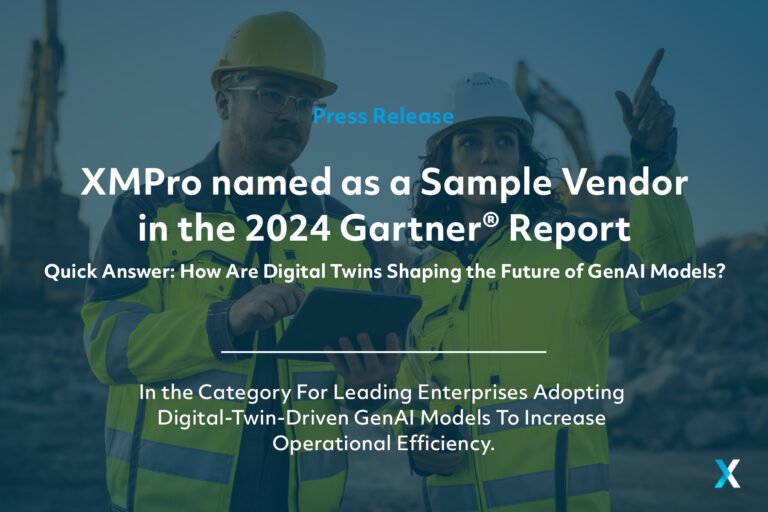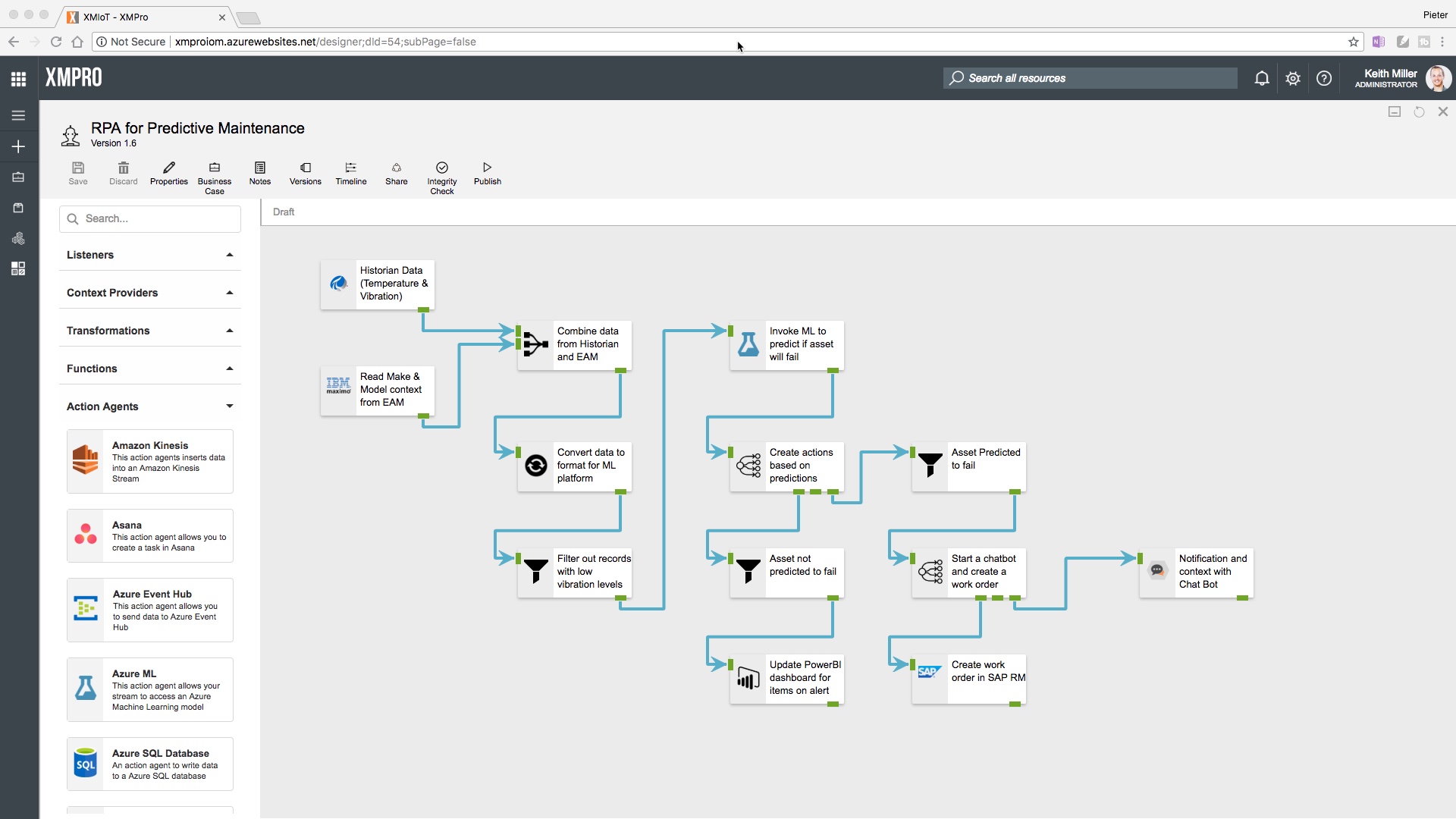While Process Automation for asset-intensive industries is not new, Robotic Process Automation (RPA) is.
Traditional Process Automation is used to automatically control manufacturing processes in industries such as chemical plants, oil refineries, steel mills, and paper and pulp factories. Process Automation is typically the domain of control engineers who use a network to interconnect sensors, controllers, operator terminals and actuators, and it is generally known as Operational Technology or OT. It is all managed by automation software that is either centralized or distributed in DCS systems.
Robotic process automation (RPA), on the other hand, is an emerging form of business process automation technology based on the notion of software robots or artificial intelligence (AI) workers.
“Use cases for RPA (Robotic Process Automation) according to Gartner, include instances when an organization wants to work with structured data to :
- Automate an existing manual task or process with minimal process re-engineering.
- Reduce or remove headcount from batch data input and output tasks or data rekeying.
- Link to external systems that cannot be connected to using other IT options.
- Avoid major system integration projects or specific new major application deployments.
- Replace individual ’shadow or citizen IT‘ desktop automation with enterprise-wide automation.”1
OT departments are starting to face the same challenges as IT departments when it comes to the verocity of data that they are dealing with. New “smart” IoT devices are proliferating through businesses and data-hungry AI and ML algorithms are demanding more from OT systems than their initial design constraints around industrial control intended. Engineers are becoming data scientists and “copy and paste to Excel” doesn’t cut it anymore. They want to connect to heterogeneous data sources from all over the organization, and this includes the operational databases such as Historians, MES and SCADA systems. Robotic Process Automation (RPA) for Industrial IoT holds the key to connect OT and IT systems and address key challenges:
Automate Manual Tasks
“Copy and Paste” data from multiple systems is fraught with possibilities for “finger trouble” errors and it is also not scalable. Highly repetitive data manipulation tasks are often relegated to business process outsourcing centers in low-cost geographies, but OT departments don’t have that luxury. Data latency, security and strict safety considerations most often eliminate process outsourcing options. IoT specific RPA can automate these manual tasks on a 24x7x365 basis, with high accuracy, repeatability and security.
Reduce or Remove Headcount
Reducing or removing headcount is not a primary driver for OT departments as it is for IT but reducing growth in headcount is. All the new IoT-related data sources are putting pressure on OT departments that are already facing challenges with an aging (knowledgeable) workforce that is retiring. Capturing and codifying their tribal-lore is a key benefit of using industrial RPA.
Link External Systems
Gartner states “We predict that through 2018, half the cost of implementing IoT solutions will be spent on integration”.2 Heterogenous data in multiple formats from multiple vendors is one of the main challenges in digitization projects in industrial environments. Custom coding integration is one of the biggest inhibitors of business agility. A robust RPA solution with extensive OT and IT integration libraries significantly reduces the complexity and cost of linking external systems with repeatable scripts that can be tested, audited and adapted as requirements change.
Replace Individual Desktop Automation
How reliant are you on that single individual that has the macros for the ETL (extract, transform, and load) process in Excel on her local notebook PC? This is IP that goes home with her every evening. Move her subject matter expertise to a scalable, secure platform that removes tedious ETL tasks and let her focus on value-adding activities that cannot be achieved by robots (or agents as we call them at XMPro).
Use Domain-specific RPA for Industrial IoT
Not all RPA tools are created the same. Some are better suited to application “screen scraping” in legacy applications in banking or insurance. Others are better to assist customer contact center operators and a CRM-centric. Only XMPro is suited to industrial [Robotic] Process Automation. XMPro’s unique visual approach simplifies the process to create RPA streams that cater for industrial IoT scenarios:
- Create “scripts” in drag and drop UI with an “agent” for each function that abstracts the code from the business process view.
- Listener Agents (OT and IT data)
- Context Agents
- Transformation Agents
- Action Agents
- Drive actions and notifications that include updating other business systems such as ERP and CRM solutions while interacting with end users through simple SMS’ through to sophisticated XMPro chatbots
- Embed AI and machine learning with standard AI Action Agents as the organization’s maturity increases with clean, trustworthy data from XMPro’s robust, industrial RPA platform.
- The only RPA solution with quick-start blueprints for industrial applications
- Asset Condition Monitoring
- Predictive Maintenance
- Asset Performance Monitoring
- Predictive Quality Management
- Anomaly Detection for Process Technology
- Anomaly Detection for Manufacturing Processes
- Process Safety Monitoring and Reporting


















